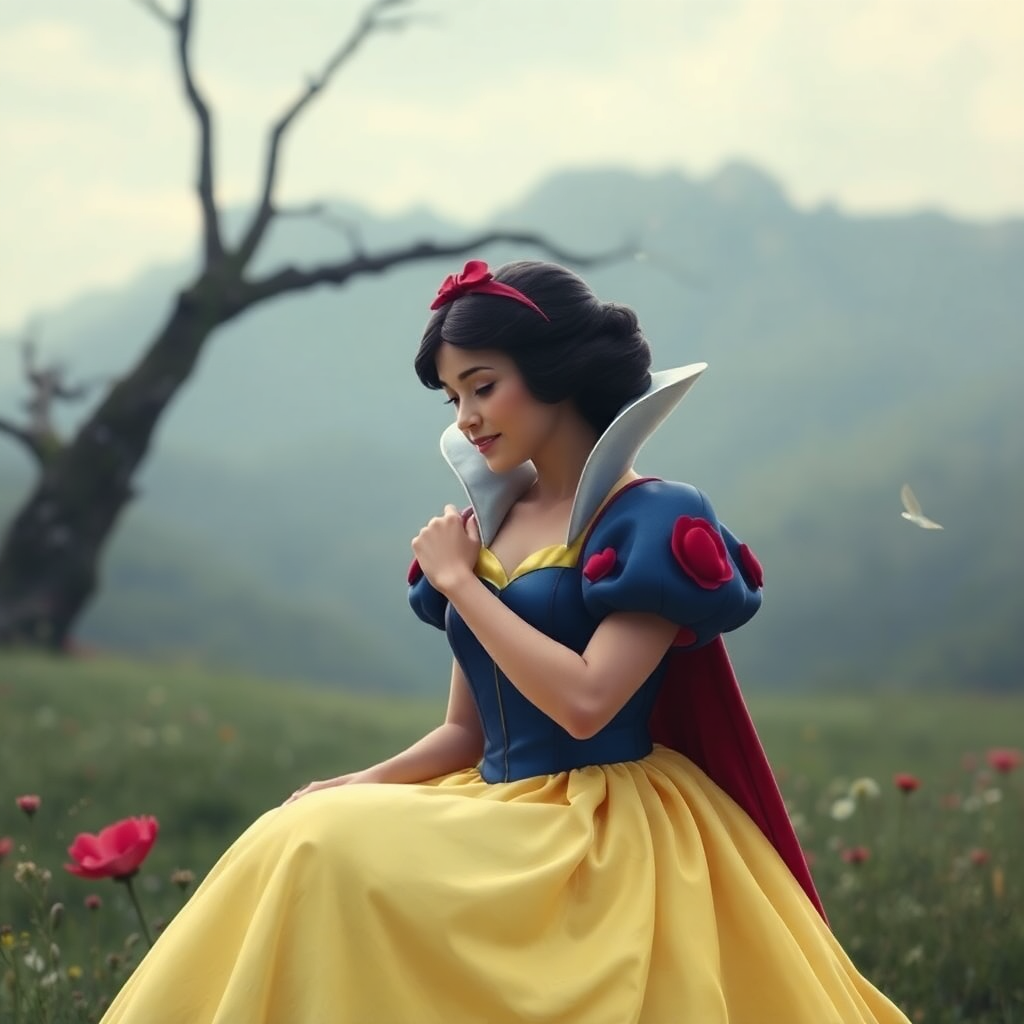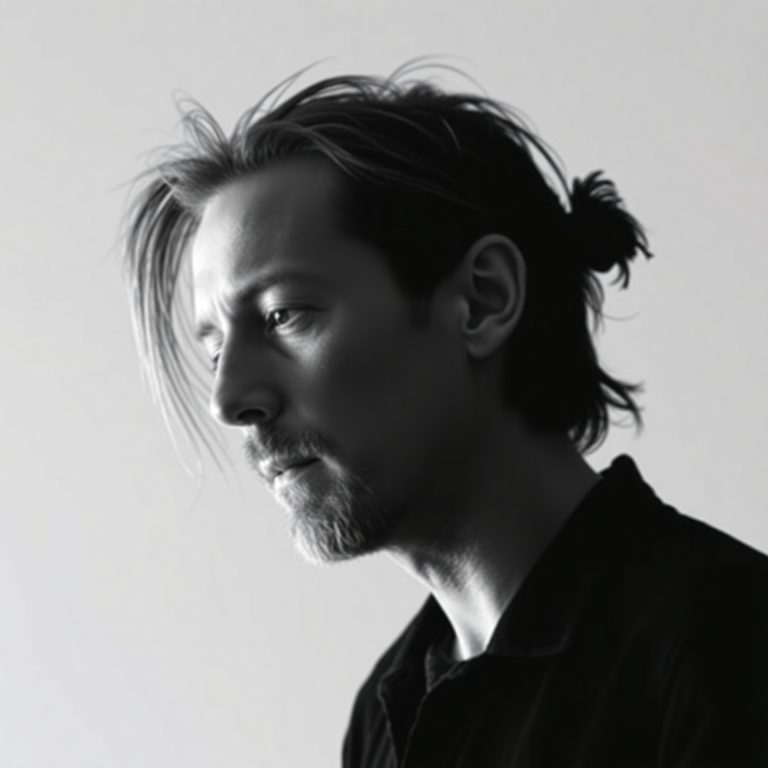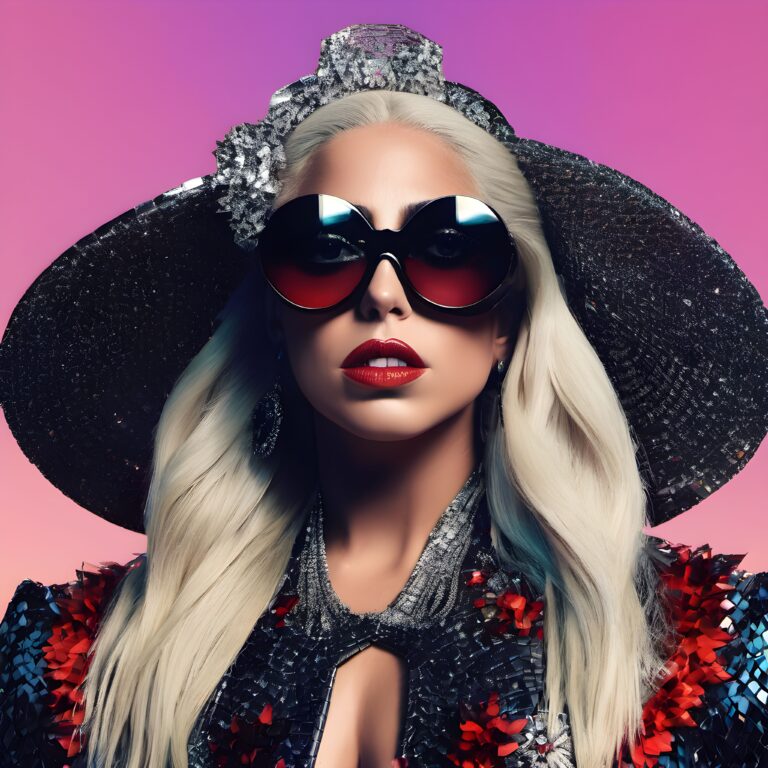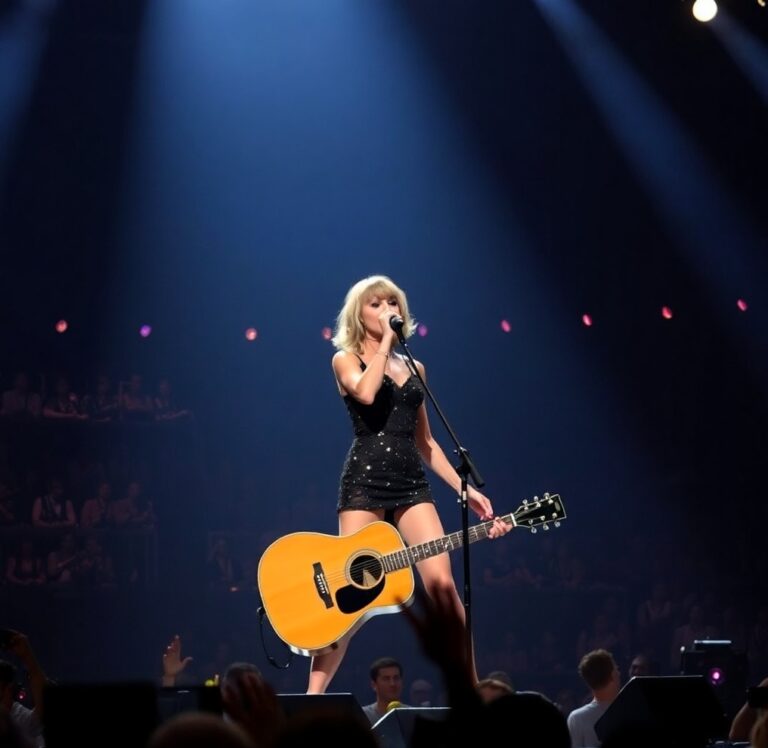The announcement of Disney’s live-action remake of Snow White, set to hit theaters in 2025, has reignited discussions around race, gender, and the representation of classic characters in Hollywood. While the original 1937 animated feature of Snow White and the Seven Dwarfs is considered one of Disney’s greatest achievements, the upcoming live-action version, directed by Marc Webb, aims to reinterpret this beloved fairytale for a modern, diverse audience. However, in doing so, it has been thrust into the heart of America’s culture wars.
While many fans were excited at the prospect of a live-action Snow White, the remake’s casting choices and narrative shifts have sparked heated debates. Casting actress Rachel Zegler, known for her role in West Side Story, as Snow White has generated significant controversy, as have changes to the portrayal of the Seven Dwarfs and the character’s empowerment narrative. In this article, we’ll take a deep dive into the controversies surrounding Disney’s Snow White, exploring the key points of contention, the cultural implications, and the reactions from different segments of the audience.
Casting Controversy: A Modern Snow White?
One of the most significant sources of debate surrounding the remake is the casting of Rachel Zegler as the lead character, Snow White. Zegler, a Colombian-Polish actress, is not the traditional fair-skinned, blonde, blue-eyed Snow White that many fans may have envisioned. This departure from the original portrayal has sparked discussions about racial representation in Hollywood, particularly in the context of adapting timeless stories.
The choice to cast Zegler as Snow White was not made randomly. Disney has long emphasized its commitment to diversity, and the studio has sought to reflect this commitment by casting actors who represent a broader range of ethnicities. Zegler herself has explained in interviews that she felt honored to bring a more inclusive version of Snow White to the screen, believing it was important for young girls, particularly those of Latinx backgrounds, to see themselves represented in such a significant role.
However, this casting choice hasn’t been without criticism. Some fans and critics argue that Snow White’s iconic characteristics, including her pale complexion, should remain faithful to the original character. To them, changing her ethnicity detracts from the essence of the character and what she has traditionally represented. Others argue that the revisionism behind these changes undermines the historical context of fairy tales, particularly those written in the 19th century, when European folklore, especially stories like Snow White, were deeply tied to a Eurocentric worldview.
On the flip side, many people argue that the character of Snow White doesn’t have to be locked into one specific physical description. Casting a Latina actress can be viewed as an empowering move, challenging the Eurocentric standards that have historically dominated mainstream films. Given that Snow White, like many fairy-tale princesses, is an archetype rather than a specific historical figure, the idea that her race is flexible seems reasonable to those advocating for diversity in Hollywood.
Disney’s decision to cast Zegler reflects a larger trend in the entertainment industry, where more opportunities are being provided to actors from historically marginalized backgrounds. Films like The Little Mermaid, which cast Halle Bailey, an African-American actress, as Ariel, have made headlines for similar reasons. Both moves have sparked conversations about how to modernize old stories while being sensitive to diverse audience members who may never have seen themselves reflected in these classic roles.
In the case of Snow White, the debate is further complicated by the evolving societal expectations of media representation. On the one hand, Disney’s commitment to diversity aligns with its desire to reach global markets and represent a wider audience. On the other hand, by casting someone outside of the character’s traditional description, the studio risks alienating certain audiences who view these changes as unnecessary or pandering. Regardless, the decision has stirred public discourse about race, representation, and the ways in which Hollywood adapts its classics for contemporary sensibilities.
The Debate Over the Seven Dwarfs
While the debate over Snow White’s casting was a central point of contention, the portrayal of the Seven Dwarfs has also garnered significant attention. In the original 1937 film, the dwarfs were integral to the plot, each having distinct, memorable characteristics. These dwarf characters—such as Doc, Grumpy, and Sleepy—are part of what made the original Snow White so beloved, adding humor, heart, and charm to the tale. However, their portrayal in the animated film has been criticized for perpetuating harmful stereotypes, particularly related to the representation of people with dwarfism.
Actor Peter Dinklage, who is an outspoken advocate for the rights of people with dwarfism, voiced his concerns about Disney’s portrayal of dwarfs in the live-action remake. Dinklage argued that the use of the word “dwarfs” itself was problematic and that the film’s portrayal of little people as comedic and subservient characters was outdated. Dinklage expressed his displeasure over Hollywood’s continuing use of harmful stereotypes, calling for a more responsible approach to the representation of people with disabilities in the entertainment industry.
In response to this criticism, Disney made the decision to abandon the traditional portrayal of the Seven Dwarfs in favor of reimagining them as magical creatures. Rather than casting actors with dwarfism, the studio has decided to create CGI-rendered characters, a move aimed at avoiding reinforcing negative stereotypes. This decision reflects the growing trend in Hollywood to be more sensitive to disability representation in media, particularly after years of criticism about how people with disabilities have been portrayed in mainstream films.
Despite the intentions behind this change, Disney’s decision has not been universally embraced. Some fans of the original film have expressed disappointment at the lack of the beloved dwarfs, seeing their exclusion as a major departure from the source material. There is also the issue of whether this change truly addresses the concerns of people with dwarfism or whether it merely replaces one problematic portrayal with another. The use of CGI characters raises questions about whether it’s enough to change the visual representation or whether deeper issues around disability representation need to be addressed.
Moreover, the absence of the Seven Dwarfs may detract from the film’s nostalgic appeal. For generations, audiences have cherished the interactions between Snow White and the dwarfs, which were integral to the movie’s success. Replacing these characters with magical creatures could alter the tone of the story, creating a different dynamic that might not resonate with long-time fans.
As with the casting of Snow White, Disney’s handling of the Seven Dwarfs has sparked debates about whether films should stay faithful to their original forms or evolve with the times. The decision to cast CGI magical creatures represents an effort to be more inclusive, but it’s unclear whether this change will satisfy everyone involved.
Storyline and Feminist Reinterpretation
Another significant change in the live-action Snow White remake is the character’s evolution from a passive princess who is ultimately rescued by a prince to an empowered, self-sufficient heroine. In the original 1937 film, Snow White is depicted as a kind and innocent young woman who, despite her trials, spends much of the story in need of help from others—namely, the dwarfs and the Prince.
In the remake, however, Snow White will be given a more active role, and her personal journey will focus on her ability to lead and take control of her own destiny. This shift reflects Disney’s ongoing effort to modernize its princess characters, making them more complex and capable. In interviews, Rachel Zegler has discussed how important it was to give Snow White a modern, feminist lens that reflects today’s ideals about female autonomy and empowerment.
This version of Snow White will be less reliant on male characters for her survival and success. The film will emphasize her leadership abilities, her intelligence, and her determination to make her own choices. In many ways, this aligns with the trends seen in other recent Disney films, such as Frozen and Moana, which both feature strong, independent female leads who don’t rely on romantic relationships to define their stories.
For those who have criticized older Disney films for promoting outdated gender roles, this reimagining of Snow White is seen as a necessary and welcome change. It reflects a broader shift in the industry, where the portrayal of women in media is being redefined to show them as multi-dimensional characters who have their own motivations, goals, and agency.
However, this change has also been met with some pushback. Critics argue that by making Snow White more assertive and independent, the essence of the character has been altered. Some fans of the original film may feel that the sweetness and innocence that made Snow White so endearing has been replaced with a more contemporary, “strong” personality that doesn’t fit within the original fairy tale.
The feminist reinterpretation of Snow White raises broader questions about how classic fairy tales should be told in the modern era. While it’s undoubtedly important to create female characters who break free from traditional damsel-in-distress stereotypes, it’s also important to balance these updates with respect for the source material. The challenge for Disney will be finding a way to present Snow White as both true to her original self and relevant to today’s audiences.
Political and Social Divisions
The Snow White remake has become a symbol of the larger cultural divides that are increasingly evident in the world of entertainment. On one side, there are those who celebrate the film’s efforts to modernize the story and reflect contemporary values of inclusivity, diversity, and empowerment. On the other side, critics argue that these changes are forced, politically motivated, and undermine the original story.
For progressive audiences, the film’s changes—ranging from the casting of a Latina Snow White to the feminist overhaul of her character—are seen as an important step forward in terms of representation. They view the remake as a necessary update to a classic tale, making it more relevant and accessible to a diverse audience.
However, conservative critics argue that Disney’s focus on modern sensibilities comes at the cost of the traditional values that made the original film iconic. For them, Snow White should remain faithful to its roots, and any attempt to force contemporary political values into the narrative feels disingenuous and unnecessary. Social media platforms have been rife with discussions over whether these changes are driven by corporate agendas or a genuine desire to reflect a more diverse society.
The backlash has been especially fierce on Twitter, where hashtags such as #BoycottSnowWhite have trended, with some fans threatening to boycott the film in response to the changes. On the other hand, supporters of the remake have taken to social media to voice their support, creating a polarized and often heated conversation about the future of Disney’s classic stories.
The controversy over Snow White highlights a broader cultural divide over the role of entertainment in shaping societal values. Should movies and TV shows reflect the current political climate, or should they remain timeless, untouched by modern ideologies? In many ways, the Snow White remake serves as a litmus test for how Hollywood will handle similar issues in future adaptations of classic stories.
The remake of Disney’s Snow White has ignited a cultural storm, raising questions about race, gender, and political correctness in Hollywood. From casting decisions to narrative changes, every aspect of the film has been scrutinized, sparking debates that go far beyond entertainment. While Disney’s desire to reflect a modern, inclusive society is commendable, the backlash against these changes shows
Feel free to check out our other website at http://master3dp.com/













